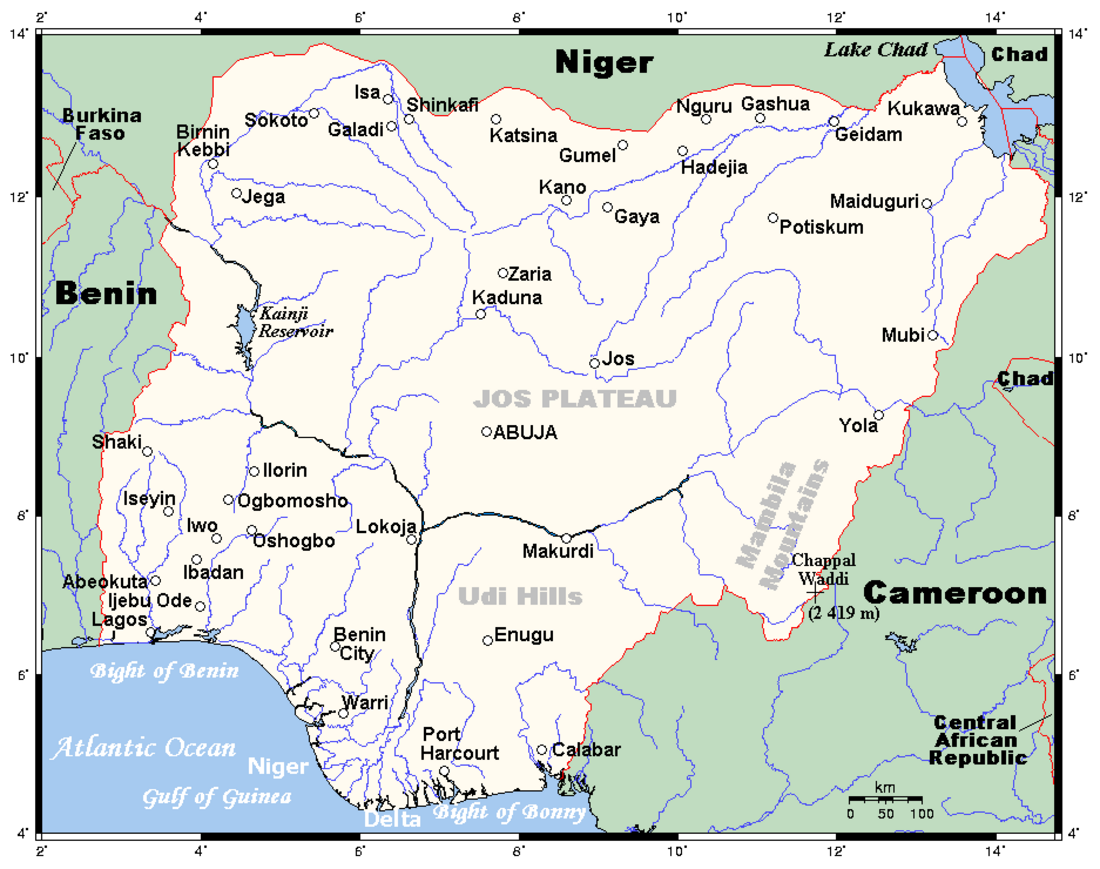Lagos-Calabar Coastal Highway
Expressway in Nigeria From Wikipedia, the free encyclopedia
The Lagos-Calabar Coastal Highway is a 700 kilometer project under development (as of 2025) that is planned to run from Victoria Island, Lagos to Calabar, Cross River State. The highway will pass through Ogun State, Ondo State, Delta State, Bayelsa State, Rivers State, and Akwa Ibom State, before ending in Calabar. The project is intended to connect the western and south-eastern regions of Nigeria, and to improve cross-country connectivity and trade relations.[1][2][3][4]
 | |
 | |
| Route information | |
| History | Expected to be completed by 2031 |
| Major junctions | |
| West end | Lagos |
| South end | Calabar |
| Location | |
| Country | Nigeria |
| States | Lagos State, Ogun, Ondo Delta State, Bayelsa State, Rivers State, Akwa Ibom State, and Cross River State |
| Highway system | |
Construction
The construction of the Lagos-Calabar Coastal Highway began in March 2024 under the administration of Bola Tinubu with the first phase, which stretches 47.47 kilometers from Lagos. The highway is expected to be completed in eight years and will cost N4 billion per kilometer.[5][6]
Controversies
Summarize
Perspective
High costs and perceived misplaced priority
with initial estimated costs of between $11 billion and $12.5 billion, or roughly N14 trillion to N15.6 trillion Nigerian Naira (using 2024 exchange rates of ~ #1500:$1), commenters questioned the priority of such an expensive project given the prevailing economic condition of the country.
Contract bid/award transparency
Further, the quick passage of the funding bill in the national Assembly and contract award to a firm connected to the president raised suspicions.
The first phase of the project was awarded to Hitech Construction Company Ltd.[7][8]
Environment impact assessments
The planned route of the highway traverses sensitive areas like wetlands and mangroves. Reports claim that required environmental assessments did not occur. Concerns include impact of heavy machinery during construction as well as post construction impacts of soil erosion and increased surface water runoff disturbing aquatic ecosystems. The actual highway may also disrupt migratory patterns for local wildlife as well as increase their likelihod of becoming roadkill. [9]
Destruction of homes and businesses
Several businesses and homes were slated for demolition in order to create a path for the highway. Among the impacted businesses were portions of Landmark Leisure Beach.[10][11]
While some of the demolition were on government right of way which had been on the books for years and should have been vacant, portions of the highway's path were realigned to mitigate issues discovered as construction began.
See also
References
Wikiwand - on
Seamless Wikipedia browsing. On steroids.
